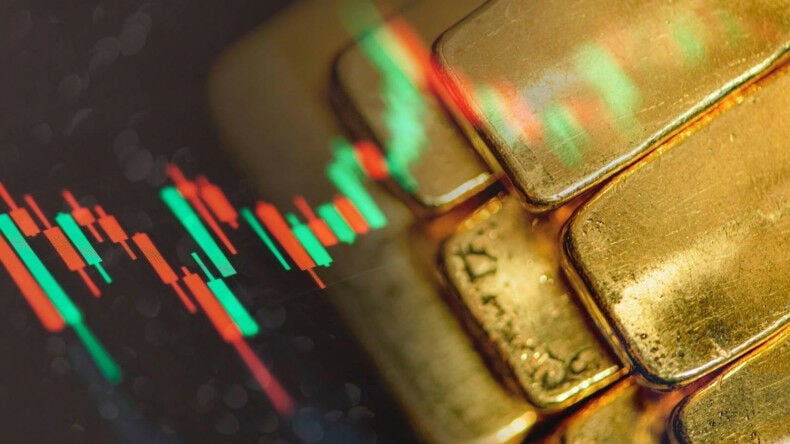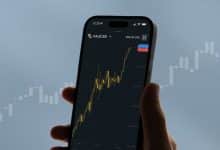Thailand leads ASEAN in gold demand growth amid record prices

Thailand continues to lead the ASEAN region in consumer gold demand growth, as reported by the World Gold Council (WGC). In the third quarter of 2024, Thailand’s gold demand surged by 11% year-on-year, reaching 14.5 tonnes, marking its second consecutive quarter of robust growth.
Globally, gold demand remained strong, increasing by 5% from a year earlier to 1,313 tonnes. This marked a record third quarter, with the value surpassing US$100 billion for the first time, buoyed by a record-high price environment.
The surge in global investment demand, which more than doubled to 364 tonnes, was largely driven by a renewed interest in gold exchange-traded funds (ETFs), particularly from Western investors. Notably, gold ETFs globally added 95 tonnes, achieving their first positive quarter since early 2022.
Despite a 9% decline in global bar and coin demand, Thailand saw a 15% rise, reaching 12.1 tonnes. The global year-to-date total remains robust at 859 tonnes, exceeding the 10-year average of 774 tonnes, said Shaokai Fan, head of Asia-Pacific (ex-China) at the WGC.
“Consumer demand in Thailand was resilient, partly due to the long-awaited digital wallet handout announcement that will also include cash payments to boost the local economy.”
The Thai government initiated the programme at the end of the third quarter, which is expected to support demand further into the fourth quarter. The rise in gold demand is also attributed to global geopolitical tensions and local political and economic concerns, which have heightened ASEAN investors’ interest in gold. Thailand, Indonesia, and Malaysia all experienced double-digit growth in the third quarter.
Gold demand
Meanwhile, central bank gold purchases slowed in the third quarter, with demand remaining robust at 186 tonnes. Year-to-date, central bank demand stands at 694 tonnes, maintaining pace with the same period in 2022.
Gold prices reached record highs during the quarter, with an average of US$2,474 per ounce, negatively impacting global demand for gold jewellery. Jewellery consumption decreased by 12% year-on-year in volume but increased by 13% in value, indicating consumers’ willingness to spend more on fewer gold items.
In the technology sector, gold demand grew by 7% year-on-year, driven by the electronics sector’s growth amid the ongoing AI boom.
Overall gold supply increased by 5% year-on-year, with mine production up by 6% and recycling rising by 11%, said Louise Street, a senior markets analyst at the WGC.
“The third quarter saw increased investment and over-the-counter activity prop up global gold demand and drive price performance. While the higher gold price dampened demand in most consumer markets, the import duty cut in India kept jewellery and bar and coin demand remarkably high in a record-breaking price environment.”
Street further explained that a FOMO [fear of missing out] factor among investors has significantly driven demand this quarter.
Investors are eager to tap into the price momentum, encouraged by the prospect of future interest rate reductions and considering gold’s role as a haven amidst US political uncertainty and escalating Middle East conflicts, reported Bangkok Post.
Looking forward, the trend in gold investment flows is expected to persist, potentially sustaining both demand and price levels. However, with over 30 record price highs in 2024, the environment remains challenging for consumers. Economic growth prospects are another factor that could influence the balance in the gold market.
Latest Thailand News
Follow The Thaiger on Google News:


























